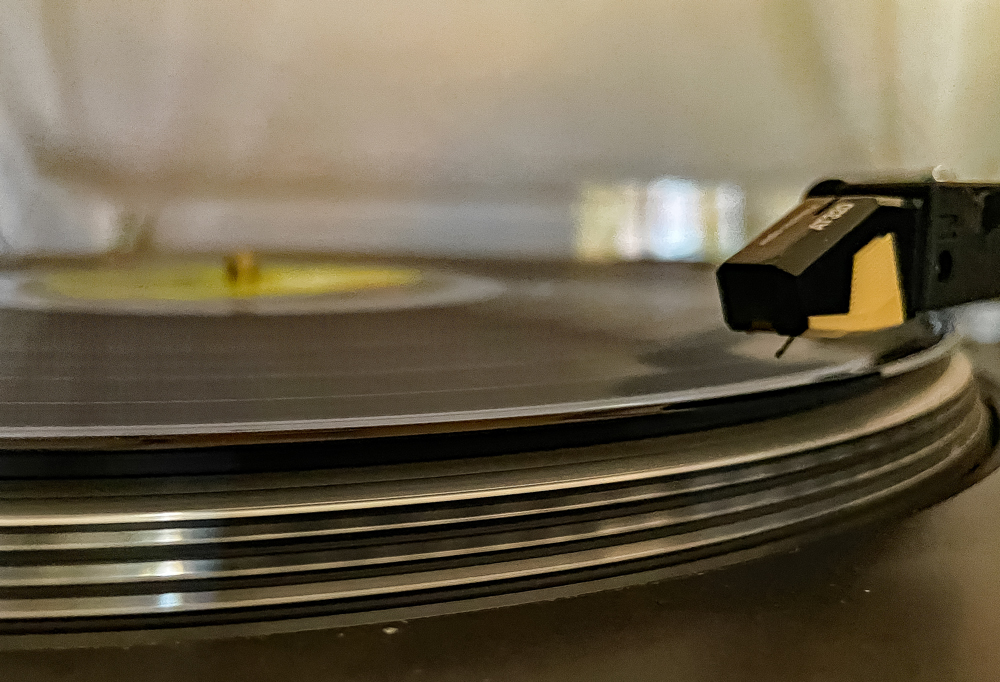“Dragging a rock over a piece of plastic.”
During his show at The Birchmere in May 2022, Jeff “Skunk” Baxter succinctly described the humble beginnings of what, in the span of 100 years, became a worldwide phenomenon. Placing a diamond stylus on a rotating vinyl disc (hence the quote in the caption above) was how millions of fans got their music for decades. Of course, records (and the joy many of us derived from listening to them, reading the liner notes, leafing for hours through record store bins) have long since been replaced by 8-track and cassette tapes, compact discs, and ultimately, streaming technology. Curiously though, the term record is still used to describe the musical product artists deliver to their fans.
Over the years, I’ve had the good fortune to travel extensively learning about different peoples, cultures, music, and art. During one such trip through Tanzania last year, I had a brief but thought-provoking conversation about pop music with a particularly fascinating fellow American traveler. I mentioned how much I loved it but was taken aback, and somewhat mystified, by his response: “as long as it’s not from the past 40 years.” I decided to let the moment pass as I contemplated the last 40 years of pop music, wondering if there might be some truth to his rather abrupt statement. So, I took a little journey through the past.
“Here is a region of abundant detail, here is a region that is seldom used, and here is a region that continues living, even when the other sections are removed.”
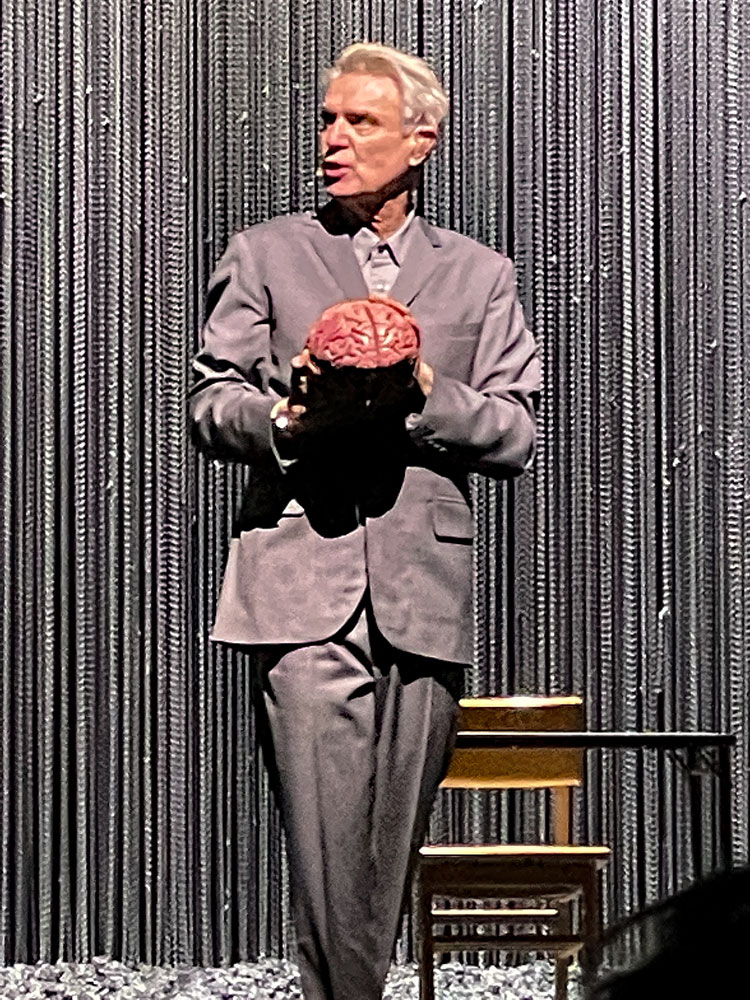
Thomas Edison’s invention of the phonograph in 1877 made recorded music possible and accessible to the general public beyond bars and honky-tonks, opera houses, theatres, and king’s courts, and eventually ushering in the era of popular music. The term, “pop music” (derived, of course, from popular music), was first used in 1926 to describe music characterized by a light, commercial sound and aimed at an audience with limited musical knowledge. In the view of some, pop is elementary, simple, and ultimately, dismissible and is distinguished from “cult music,” a class referring to compositional traditions that involve advanced structure and theory, such as classical music.
Pop music encompasses the influence and elements of many genres: ragtime in the 1920s, jazz and big bands in the 1930s. By 1940, with the widespread influence of radio, artists like John Lee Hooker, Woody Guthrie, and Hank Williams dominated the airwaves with blues, folk and country. The 1950s, aided by advances in recording technology, saw the emergence of the first pop music stars like Bing Crosby and Frank Sinatra. Meanwhile, another strain of pop music began to emerge around this time as well. Combining country, folk, blues, and gospel, performers like Elvis Presley, Bill Haley, Buddy Holly, and Chuck Berry popularized a new sound with a younger generation: rock and roll.
And then came The Beatles.
In the span of just ten years, 1960 to 1970, John Lennon, Paul McCartney, George Harrison, and Ringo Starr produced music that turned the “pop song” into art, utterly transforming worldwide music culture forever.
“Put your hand out of your pocket, wipe the sweat off of your brow, now it feels like a bad connection, no more information now”

Rock and roll, with its heady mix of volume, tempo, melodic simplicity, and sexual overtones (the phrase “rocking and rolling” has been used to describe a ship’s movement on the ocean, the spiritual passion associated with gospel music, and as a sexual analogy) and aided by advances in recording technology, radio, and television, burst into popular culture in the early 1960s. The Beatles took advantage of that convergence in spectacular fashion. Songs like “Love Me Do,” (the band’s first single) “I Wanna Hold Your Hand,” and “She Loves You” followed a formula that John Lennon would confirm years later, “[we were] just writing songs à la Everly Brothers, à la Buddy Holly, pop songs with no more thought of them than that – to create a sound. And the words were almost irrelevant.” With The Beatles appearances on the Ed Sullivan show in 1964, the musical dye was cast.
Watch The Beatles perform “I Wanna Hold Your Hand” live on the Ed Sullivan show via YouTube:
The Beatles’ musical achievements elevated the pop song from mere “product” to art form. Rubber Soul’s release in December 1965 and the commercial and artistic success of songs like “Norwegian Wood (This Bird Has Flown),” “Nowhere Man,” and “The Word,” spurred other artists (Bob Dylan, the Beach Boys, Rolling Stones) to follow (and challenge!) The Beatles and produce pop music that was lyrically complex, musically challenging, and philosophically adventurous; in other words, the pop song became art. Paul McCartney put it more succinctly, “We’d had our cute period, and now it was time to expand.” (wiki)
Stream Rubber Soul by The Beatles on Spotify.
Following Rubber Soul, The Beatles’ output through their breakup in 1970 continued in this vein, raised the musical bar with each new album, and broadened the pop music landscape prompting countless performers to take up that adventurous musical torch: The Rolling Stones, Led Zeppelin, Yes, The Allman Brothers, The Eagles, Crosby Stills Nash and Young, Pink Floyd, among many others. If the 1960s was the coming of age for pop music, the 1970s was its age of exploration. Turning on the radio-pop music’s main delivery vehicle in those days-one was served a huge variety of songs from performers as diverse as Steely Dan, Little Feat, Jackson 5, Grateful Dead, War, Sly and the Family Stone, and Queen that incorporated rhythm and blues, soul, jazz, country, funk, classical, and opera (!). There seemed no limit to where a pop song could go.
“Here is an area of great confusion, here is a section that’s extremely precise, and here is an area that needs attention, here’s the connection to the opposite side”
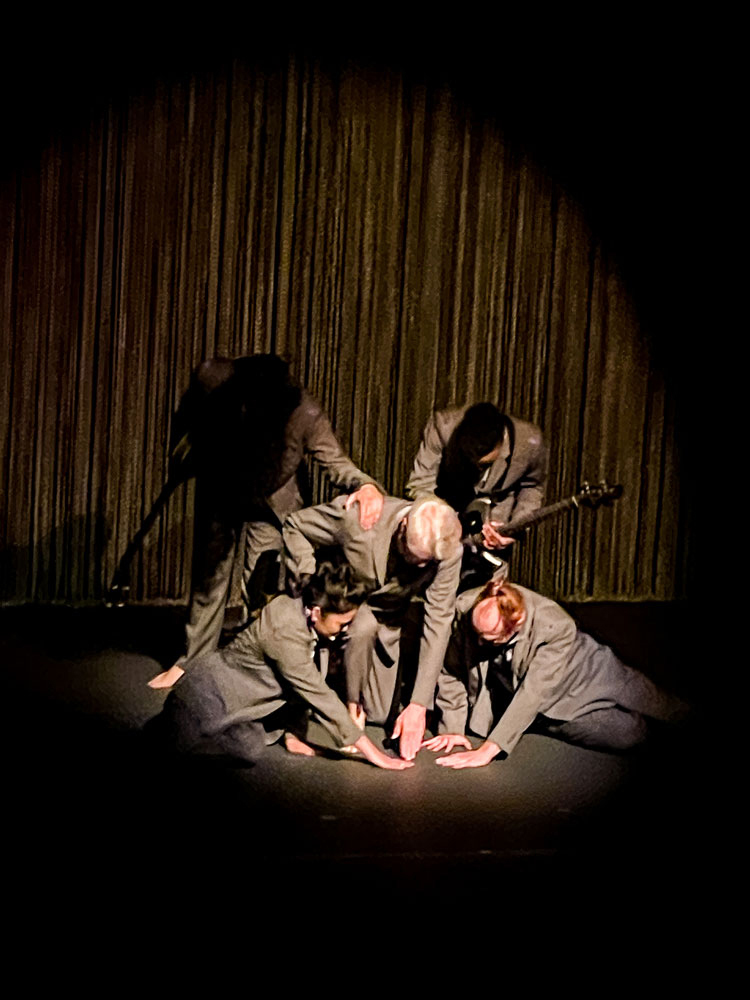
The end of the decade saw the rise of punk and a general backlash to highly produced, sophisticated, Beatles inspired pop music. And if punk was too raw for some, the growth of new wave, grunge, and disco and the diversification of pop in the 80s and 90s brought in millions of fans disaffected by the megabands and supergroups of the 70s. MTV’s August 1, 1981, debut forever changed how pop music was consumed and paved the way for the melding of rock, hip-hop, and rap.
Stream the official music video for Walk This Way by Run-DMC with Aerosmith on YouTube.
So, we’re left to ponder whether the pop music of the last 4 decades is really inferior to that of the 60s and 70s. We all have our favorite artists of the past 40 years but perhaps a few choice examples (out of quite literally, thousands) make the case better than I could.
1982 saw hits from Olivia Newton John, Survivor, and John Cougar (as he was known at the time), and I suspect that was the “less than stellar” pop music to which my fellow safari enthusiast referred. But the year also brought classic tunes from The Clash, Soft Cell, Journey, The Cars, among many others. Though Newton John’s “Physical” may not have reached the depth of feeling pioneered by The Beatles’ pop music, The Clash wrapped feelings of ambivalence, alienation, and anger into a straightforward blues rock melody.
Watch the official music video for The Clash’s “Should I Stay or Should I Go” on YouTube:
Few bands personify the MTV age better than Duran Duran. Although some may have dismissed Duran Duran’s musical output as heavily reliant on video and light on musical skill, the band has managed to survive its many configurations and a changing musical landscape. And where songs like “Rio,” “Hungry Like the Wolf,” and “Girls on Film” relied on visuals to gain heavy rotation status, this live arrangement of the 1993 hit, “Ordinary World” [link] recalls another Beatles influence: always serve the song. The opening two verses showcase Simon Le Bon’s extraordinary vocals while Nick Rhodes’ keys provide a grand musical foundation. By the time we get to Dominic Brown’s perfect, driving guitar solo, the song’s melody immerses the listener in the power pop ballad’s simultaneous lyrical sadness and melodic joy. The outro, led by Brown’s power chords, John Taylor’s expressive bass (and might I add, Taylor may be the coolest, most beautiful man to ever play the instrument) and Le Bon’s vocals floating above it all, bring the melancholy and thrilling performance to a soulful, satisfying conclusion.
Watch Duran Duran performing “Ordinary World” live on YouTube.
“As it passes through your neurons like a whisper in the dark, raise your eyes to one who loves you, it is safe right where you are”
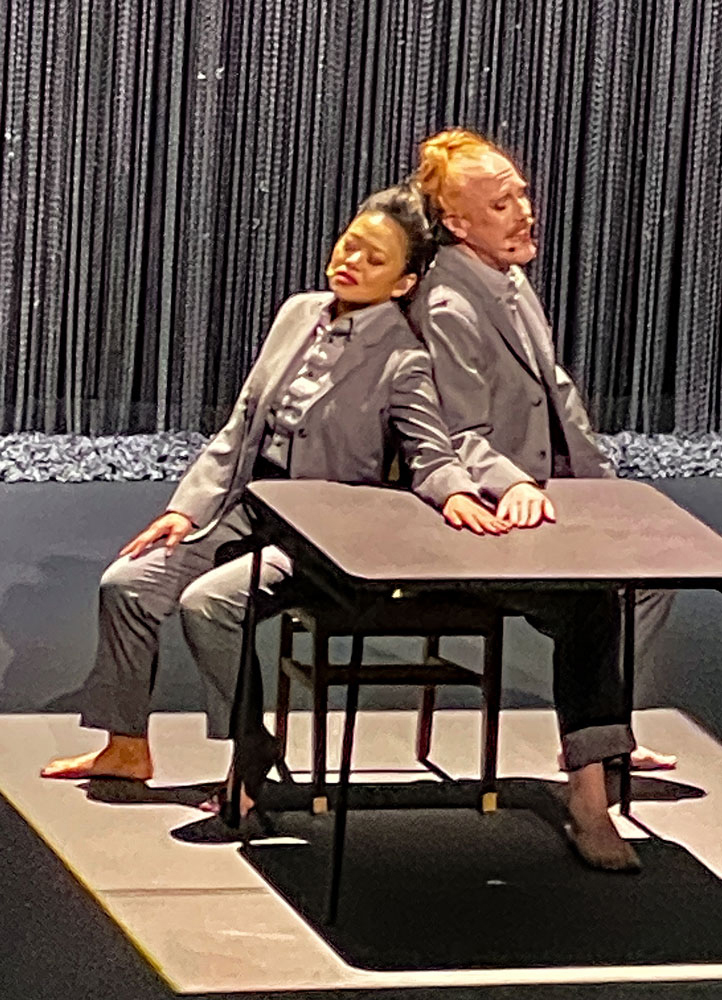
With its roots in folk music, the confessional singer-songwriter era began in the 1970s with artists like Nick Drake, Joni Mitchell, Neil Young, and Jackson Browne. Hits like “Heart of Gold,” “Both Sides Now,” and “These Days” echoed the inward-looking, reflective songwriting of The Beatles’ “Yesterday,” “Julia,” and “Here Comes the Sun.” But it was another singer-songwriter who turned the genre on its head. Warren Zevon’s career barely lasted three decades (late 70s through his death in September 2003) but throughout the 80s, he was a constant presence on FM radio, his inner Hunter S. Thompson emerging in songs like “Werewolves of London,” “Roland the Headless Thompson Gunner,” and “I’ll Sleep When I’m Dead.” Confessional? Not in the least. But Zevon was equally adept at putting aside such cynicism with songs sung almost as prayers: “Mutineer,” “Searching for a Heart,” “Keep Me in Your Heart” (written just prior to his own imminent death), and the beautifully simple and direct plea, “Don’t Let Us Get Sick”
Singer songwriter Ben Gibbard exemplifies the complexity of contemporary pop music. His various musical projects, Death Cab for Cutie, The Postal Service, ¡All-Time Quarterback!, collaborations with Jay Farrar and Aimee Mann, and other solo work explore a wide variety of musical styles: indie rock, folk, synthpop and reveals an ability to write playful, sensitive, and accessible melodies while addressing lyrically difficult subjects that contrast with Gibbard’s boyish, almost naive sounding vocals. “I Will Follow You into the Dark” addresses death from a partner’s perspective; “Grapevine Fires” combines both pathos and joy with lyrical images of a child laughing and dancing in a cemetery as the flames advance. Even global warming (“Oh, this world’s starting to bring me down, the ocean’s rising and we’re all gonna drown), about as esoteric a subject for a pop song as one can get, is addressed in Gibbard’s pandemic-era single “Proxima B”
“Here, too many sounds for your brain to comprehend, here the sound gets organized into things that make some sense.”
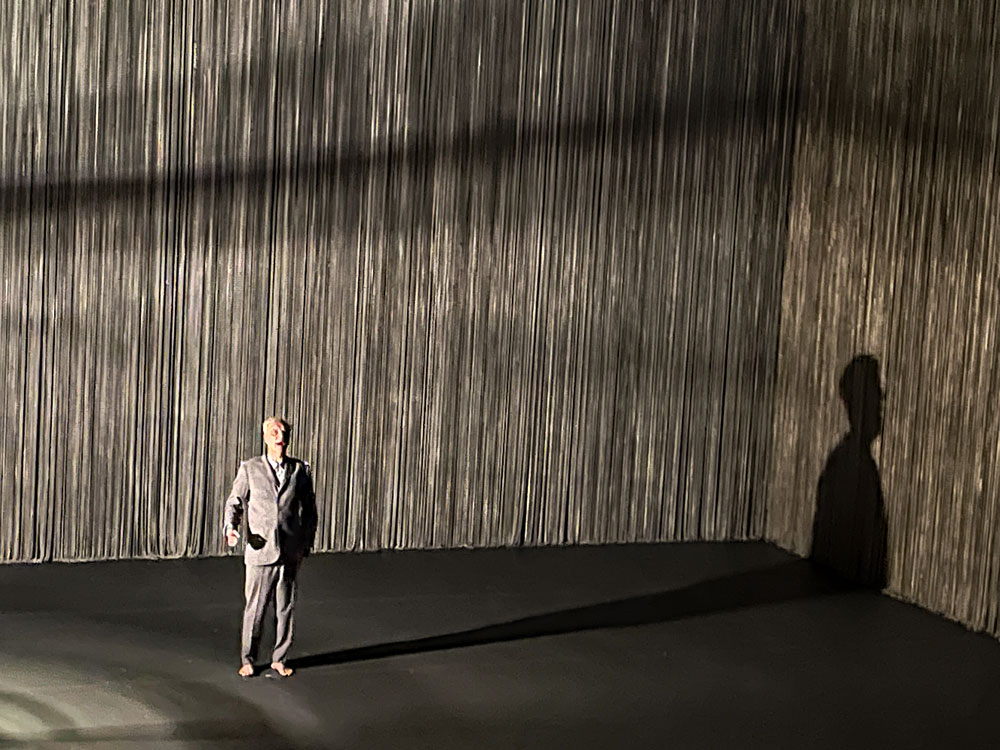
The 90s and into the 21st century have seen the emergence, and convergence, of musical styles that ranged from grunge (Nirvana, Pearl Jam) to rock (U2, Coldplay), hip hop and soul (Tupac, Beyonce) to pop songstresses (Katy Perry, Adele, and Taylor Swift), all emulating The Beatles in their own way. The universality of pop music changed during that time, though. With the emergence of streaming technology, radio’s dissemination role has virtually disappeared. Without radio as the all-encompassing musical source it once was, pop music has ceased to be a cultural unifying phenomenon. Where previously artists like Eric Clapton, Stevie Wonder, Fleetwood Mac, or Tina Turner would get broad radio play appealing to a wide, diverse audience, today’s social media marketers perpetuate the notion of pop music as commodity; product to be distributed by algorithm for consumption by a specific, pre-determined audience. Though one could easily argue that there is still pop music that can be considered art.
Watch the official music video for Taylor Swift’s “Anti-Hero” on YouTube:
By now, dear reader, you may wonder why throughout this piece I’ve quoted the lyrics to David Byrne’s, “Here.” As he explained during performances of the Broadway production of his “American Utopia,” our brains are wide open as babies but so overwhelmed by sensory stimuli that, as we mature, the neurons start screening out and shutting down incoming information. As a result of that sensory chaos, we lose those connections that keep us engaged with the world, and each other.
“Here there is something we call elucidation, is it the truth or merely a description?”
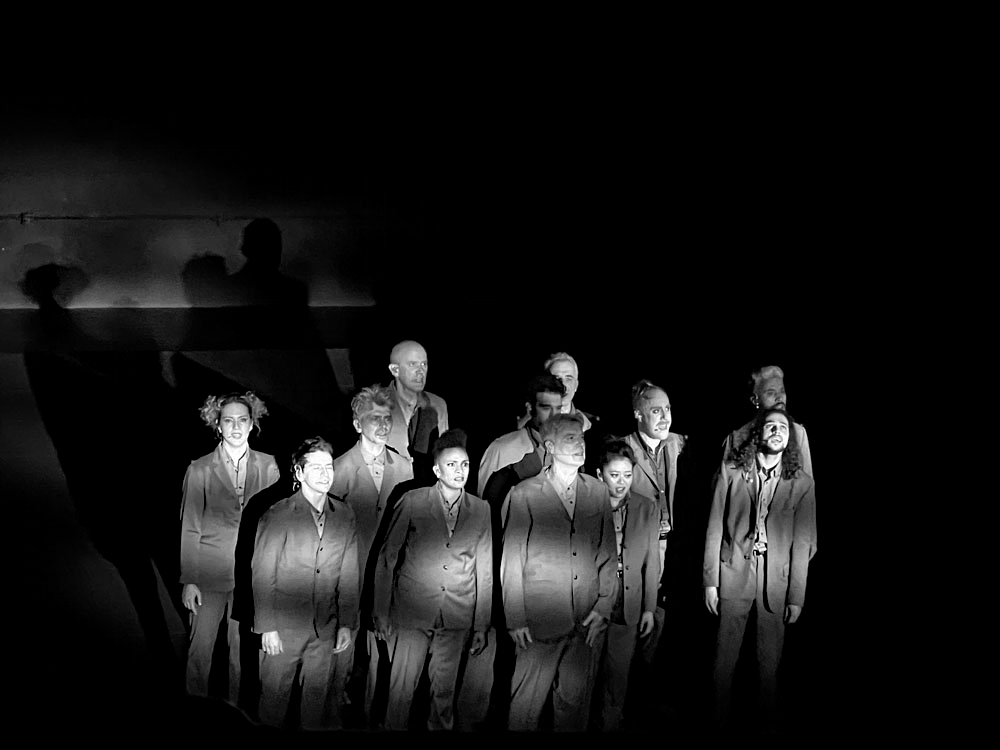
Byrne’s 1980s era band, Talking Heads, pioneered pop music that incorporated influences from a wide array of genres (rock, new wave, and world music), uniquely choreographed live performance, and witty, imaginative lyrics. To experience David Byrne’s music today is to simultaneously travel backward and forward in time: back to his 1980s new wave band and forward to intensely percussive, melodically mesmerizing new music. Sitting in the audience that evening I realized that Byrne was not only talking about our brains, but also our hearts. As we get older, and if we’re lucky, we can recover our baby brains. We become curious and inquisitive, our senses open up, allow in more stimuli, receive more information. At the same time, we can learn to cast off old fears, jealousies, and anger. Our hearts open.
Watch David Byrne perform “Here” from American Utopia live on YouTube:
Pop music, from a hundred years ago, forty years ago, or last week, allows millions to connect with an artist and other fans through easily accessible melodies, catchy choruses, and deceptively simple lyrics that address all facets of the human condition; from love and joy to loss and heartbreak. It is truly a fully positive butterfly effect: with one album, one song, even one note, pop music touches our hearts and souls, communal art that fans can cherish forever…and what’s so bad about that?
All photographs courtesy and copyright of Mark Caicedo.

